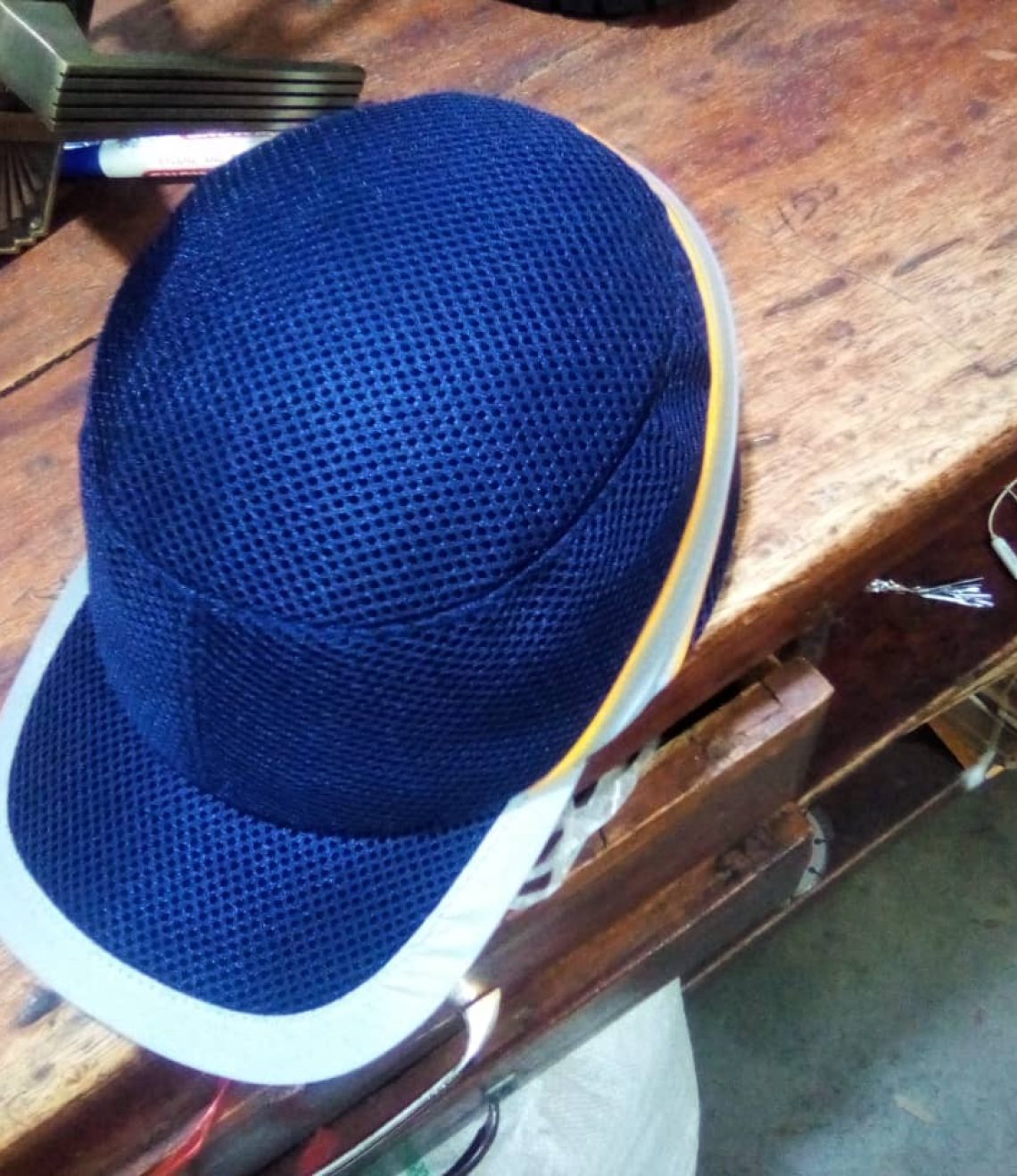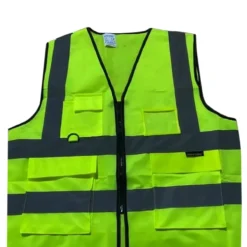Express Deliveries countrywide.
safety bump cap (with reflector) in central division

This bump cap is a type of head protection designed to provide limited impact protection against minor bumps, scrapes, or lacerations to the head. It is commonly used in workplaces or industries where there is a risk of low-hanging objects or low-impact hazards. Bump caps are suitable for industries or tasks where the risk of head injury is minimal, but there is still a need for some head protection. They are commonly used in areas such as maintenance, logistics, warehousing, or automotive industries. It is important to assess the specific workplace hazards and consult safety guidelines to determine the appropriate level of head protection required for each task or environment.
Quantity:
Continue Shopping
Category: Reflectors
Description
A bump cap is a type of head protection designed to provide limited impact protection against minor bumps, scrapes, or lacerations to the head. It is commonly used in workplaces or industries where there is a risk of low-hanging objects or low-impact hazards. Here are some key features and considerations of a bump cap:
Construction: A bump cap typically consists of a rigid outer shell made of durable materials like high-density polyethylene (HDPE) or ABS (Acrylonitrile Butadiene Styrene). The outer shell provides a layer of protection against minor impacts and abrasions.
Inner Padding: Inside the outer shell, bump caps often have a foam padding or cushioning material. The padding helps absorb and distribute the force of impact, providing additional comfort and protection for the wearer.
Ventilation: Many bump caps feature ventilation holes or perforations to allow airflow and heat dissipation. This helps keep the wearer’s head cool and comfortable during extended use.
Lightweight and Comfortable: Bump caps are designed to be lightweight and comfortable to wear for extended periods. They are typically smaller and less bulky than traditional hard hats, providing a more streamlined and less restrictive fit.
Adjustable and Secure Fit: Bump caps often have an adjustable suspension system or straps to allow for a customized fit. This ensures that the cap stays securely in place on the wearer’s head and does not impede their movement or vision.
Visor or Brim: Some bump caps may include a short visor or brim at the front to provide shade and protect the wearer’s eyes from glare or light rain. The visor or brim is usually made of a flexible material and does not provide impact protection.
Limited Impact Protection: It is important to note that bump caps are not intended to provide the same level of impact protection as hard hats or safety helmets. They are designed to mitigate the risk of minor bumps or scrapes, but they do not meet the same safety standards or offer the same level of protection against high-impact hazards.
Compliance and Certification: Bump caps should comply with relevant safety standards and regulations specific to the industry or workplace. However, it is essential to note that bump caps are not regulated to the same extent as hard hats or safety helmets, as they are designed for low-impact hazards.
Bump caps are suitable for industries or tasks where the risk of head injury is minimal, but there is still a need for some head protection. They are commonly used in areas such as maintenance, logistics, warehousing, or automotive industries. It is important to assess the specific workplace hazards and consult safety guidelines to determine the appropriate level of head protection required for each task or environment.


